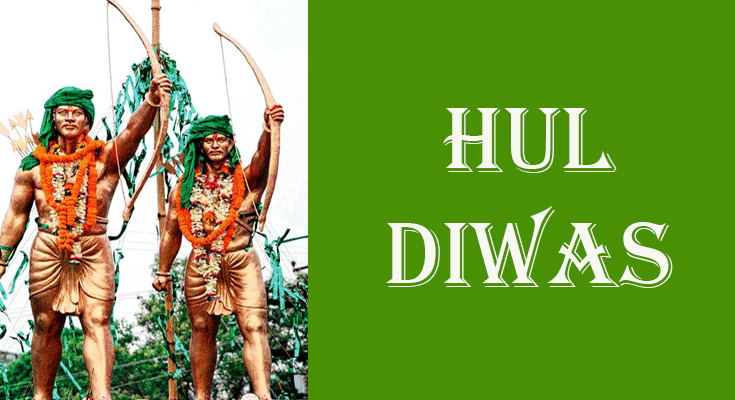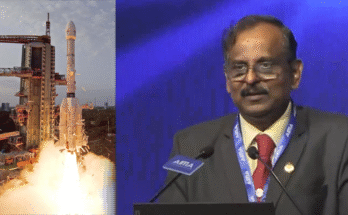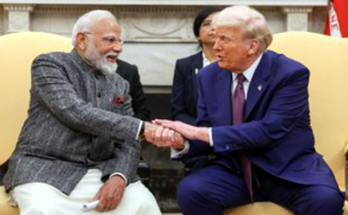President Murmu Pays Tribute to Tribal Heroes on Hul Diwas
News Desk: President Droupadi Murmu today paid solemn tributes to the brave tribal warriors of the historic Santhal Hul uprising, as the nation observed Hul Diwas to honor the valiant resistance of the Santhal community against British colonial oppression.
Hul Diwas marks the anniversary of the Santhal rebellion that erupted on June 30, 1855, when thousands of Santhals, led by iconic tribal leaders Sidhu and Kanhu Murmu, along with their sisters Phulo and Jhano, rose against the exploitative policies of the British East India Company and oppressive moneylenders.
Describing the rebellion as a defining chapter in India’s fight for justice and self-determination, President Murmu said, “The courage and sacrifice of the Santhal warriors continue to inspire generations. Their fight was not just for freedom, but also for dignity and the protection of tribal identity and land.”
हूल दिवस पर, मैं सिदो-कान्हू, चांद-भैरव, फूलो-झानो और संथाल विद्रोह के अन्य सभी वीर सेनानियों को श्रद्धांजलि अर्पित करती हूं। उनके अदम्य साहस तथा अन्याय के विरुद्ध उनके संघर्ष की अमर गाथाएं देशवासियों के लिए प्रेरणा का अक्षय स्रोत हैं। उनके त्याग और बलिदान को लोग सदैव याद रखेंगे।
— President of India (@rashtrapatibhvn) June 30, 2025
Though the uprising was eventually crushed by colonial forces, it left a lasting impact. It led to crucial legislative reforms like the Santhal Parganas Tenancy Act of 1876 and the Chotanagpur Tenancy Act of 1908, which recognized and protected tribal land rights and autonomy.
Often seen as a precursor to India’s broader freedom movement, the Santhal Hul remains a powerful symbol of grassroots resistance and indigenous empowerment, inspiring numerous tribal revolts across the country in the years that followed.
Jharkhand Governor Santosh Kumar Gangwar and Chief Minister Hemant Soren and on Monday honored the legacy of the Santhal rebellion by saluting the unparalleled courage and sacrifices of its tribal warriors on the occasion of Hul Diwas. Both leaders extended heartfelt greetings to the people, acknowledging the historical significance of the uprising and its enduring impact on tribal identity and the struggle for justice.




